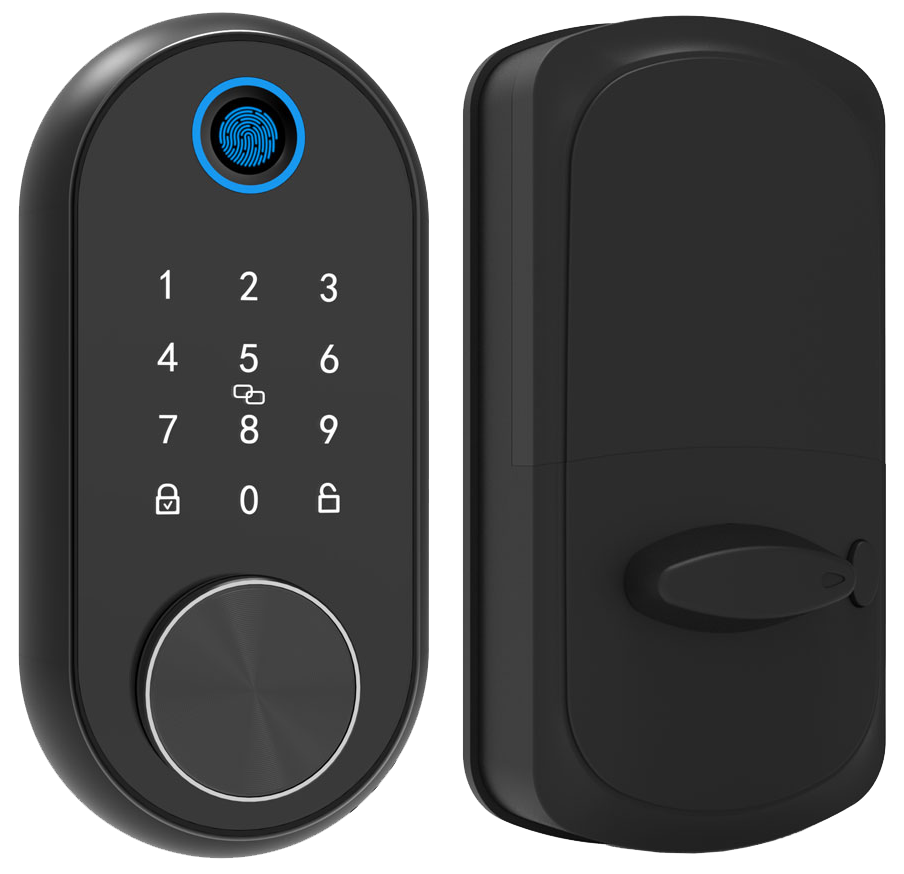So you left your keys at the café again? It feels like a small slip-up until you’re standing outside, in the rain, digging for answers in a bag full of junk. We’ve all been there.
That’s where a Yale smart lock steps in. With its smooth metal faceplate and a soft LED glow, it turns your door into a high-tech guardian. You’ll want to show it off!
Just press your finger on the biometric fingerprint sensor (a reader that checks your unique fingertip pattern). In seconds, you’ll hear a reassuring click, like a welcome knock from a friend. No code memorization needed.
It means the end of fumbling with a bulky key ring. Your entry is as easy as flipping on a light switch.
In this guide, we’ll walk you through five smart ways these locks give your home top-grade security and seamless entry. Sit back, relax, and get ready for every return home to feel quick and worry-free.
Comparison of Yale Smart Lock Models and Functions
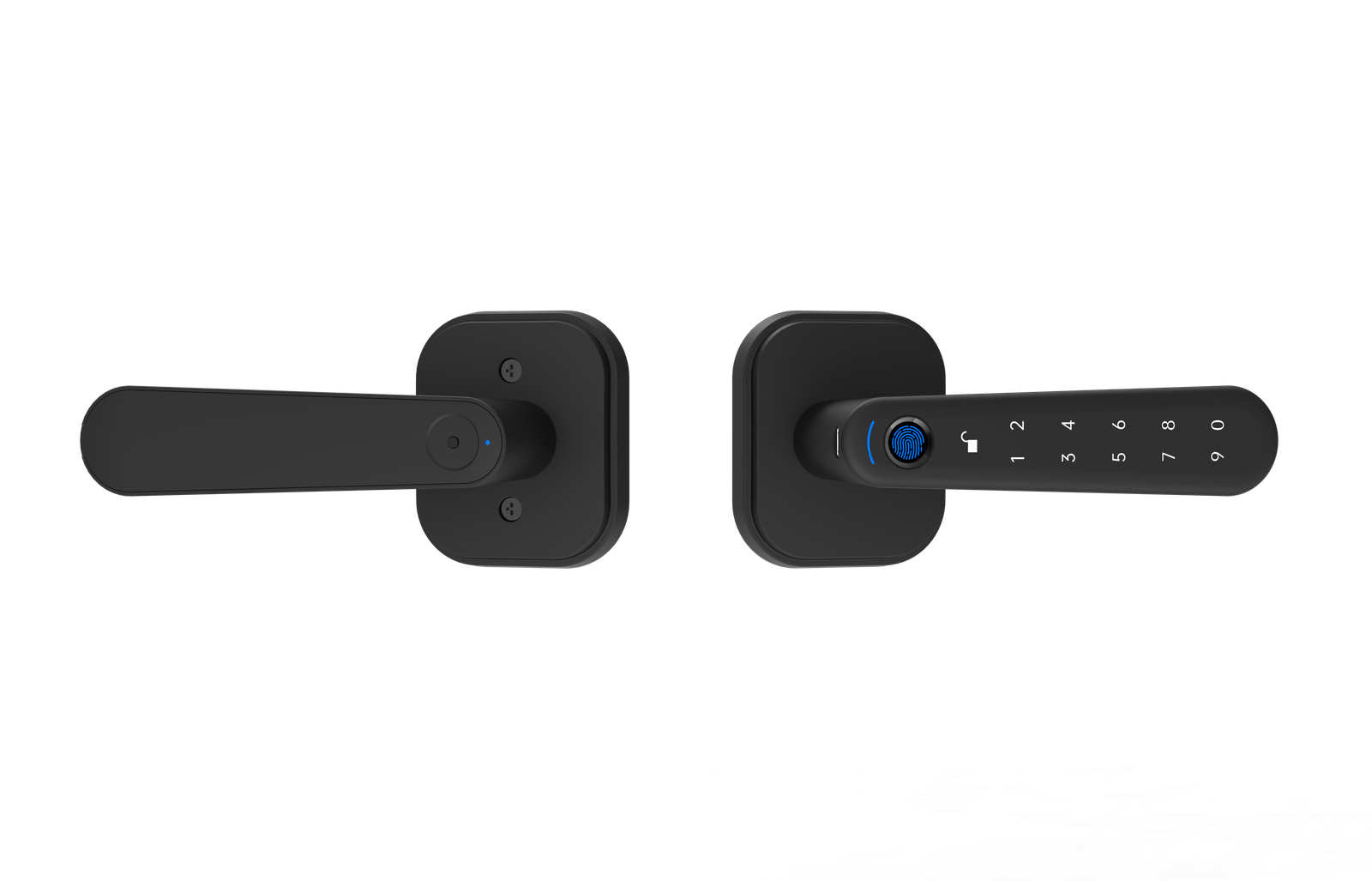
Yale has three locks to match different needs. Each one brings its own perks and style.
The Real Living Deadbolt shines as our budget pick. It has that classic keyed deadbolt design. Just turn the smooth metal key and hear a reassuring click. Solid.
The Assure Lock SL is perfect if you live in the Apple ecosystem. It works right with HomeKit (Apple’s home automation system). The sleek touchscreen keypad lights up softly, and you don’t need a key to get in. So easy.
The Assure Lock Touchscreen is our wireless-only option. You get a backlit keypad that feels crisp under your fingertips (like a PIN-pad press). It hooks up to Wi-Fi without any extra hub. No fuss setup.
| Model Name | Entry Method | Native Protocol |
|---|---|---|
| Real Living Deadbolt | Keyed deadbolt | Z-Wave |
| Assure Lock Touchscreen | Backlit keypad | Zigbee |
| Assure Lock SL | Touchscreen keypad, key-free entry | Wi-Fi |
Next, we’ll look at pricing, security features, and how these locks fit into your smart home.
Installing Yale Smart Lock: DIY Steps and Professional Options

You only need a basic home toolkit and about 20-30 minutes to get your Yale smart door lock up and running. If you’re comfortable with a screwdriver, you can skip the service call. But if you’d rather have warranty-backed installation or your door needs extra tweaking, calling in a pro is smart.
Ever rushed out and worried you forgot to lock your door? This quick install takes care of that.
Here’s the simple process:
| Step | Action |
|---|---|
| 1. Remove old deadbolt | Take off the existing lock and latch |
| 2. Attach mounting plate | Line up the plate on the smooth metal faceplate and secure with screws |
| 3. Connect electronic module | Plug in the main lock unit with the circuit board |
| 4. Secure interior assembly | Screw in the inside housing until you hear a reassuring click |
| 5. Install batteries | Insert four AA batteries (about $10 total) |
| 6. Program master code | Set your main security code (this lets you add other users) |
| 7. Test operation | Lock and unlock with your phone and keypad to make sure it works |
DIY install usually runs under $10. That covers batteries and a screwdriver. Professional setup costs about $75 to $150, including labor and a quick hardware check. Pros can also handle uneven doors or minor electrical tweaks.
DIY saves money and teaches you every lock detail. Professional service adds peace of mind, warranty coverage, and hassle-free programming if you’d rather skip the steps.
Security and Connectivity Features of Yale Smart Lock
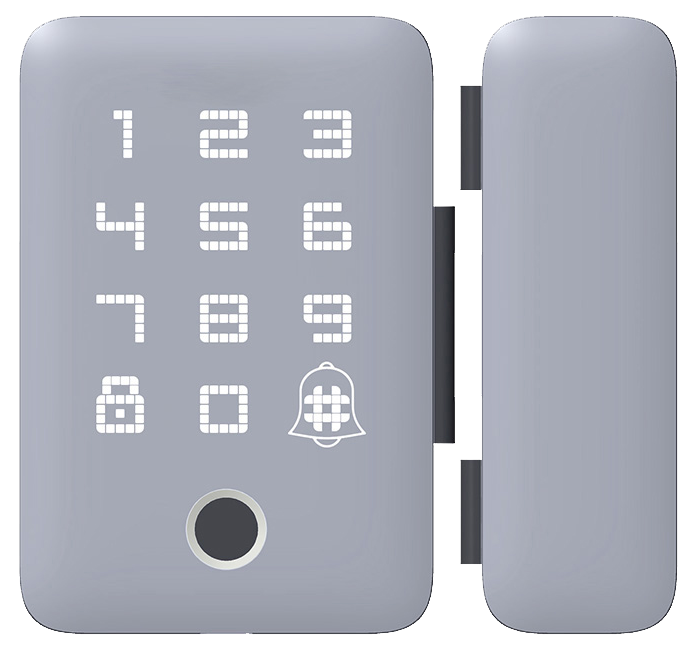
Our built-in tamper alarm (anti-tampering sensor) jumps into action when someone jostles or forces the lock. You hear a sharp beep and see a soft red LED glow warning off intruders. And the auto-lock option clicks your door shut on its own. Pick a delay from 30 seconds up to 10 minutes. We even added a second-chance mode that pulses the latch twice before sealing the door for extra peace of mind.
Every code and signal zips along under AES 128-bit encryption (military-grade scrambling tech). It twists your numbers and commands into gibberish nobody can read. When you’re setting up Wi-Fi or using the lock each day, the lock and app check for a matching digital key. It’s like sending a note inside a locked box. Only you know the combo.
Hum, you’ve got several ways to connect. Wi-Fi lets you lock and unlock from anywhere in the world via our app. Bluetooth steps in when you’re on site, add a user code right at the door. And Z-Wave or Zigbee hook into your home hub for smart routines.
| Connection | Best For | Notes |
|---|---|---|
| Wi-Fi | Remote control | App-based access anywhere |
| Bluetooth | On-site tweaks | Add user codes at the lock |
| Z-Wave | Hub integration | Works with popular smart hubs |
| Zigbee | Hub integration | Low power, mesh network |
Each mode trades off range, battery life, and reliance on a central hub. You pick what fits your home.
You also get activity logs and instant alerts whenever someone uses the lock. So you’ll always know who’s coming and going.
Yale Smart Lock Integration with Home Automation Platforms

Whether you’re on the couch or halfway across town, you can manage your Yale smart lock through the Yale Secure or Yale Access app. A Wi-Fi bridge (a device that connects your lock to your home network) or a compatible hub ties your lock into the rest of your smart system. It’s simple. You get remote control when you’re out and local management when you’re in.
Linking up with Alexa is a breeze. Just add the Yale skill in your Amazon Alexa app, then say, “Alexa, lock the front door,” and listen for that reassuring click. Google Assistant setup feels just as smooth, open the Google Home app, follow the prompts to add Yale, and ask, “Hey Google, is the back door locked?”
Apple HomeKit compatibility arrives via the iM1 module (an accessory that links your lock to Apple Home). Scan the HomeKit code in the Apple Home app and Siri can lock, unlock, or even run automations like “When I say goodnight, lock all doors.” Wow.
Summer 2025 models introduce Matter compatibility over Thread (a low-power mesh network). No extra bridges needed, just any Thread border router, like a Nest Wi-Fi point (a router that supports Thread). Imagine your lock opening when your Nest Video Doorbell (a doorbell with a built-in camera) recognizes your face. Or picture all your lights turning on and the lock bolt retracting the moment you walk in. Seamless.
With guest profiles, timed access windows, and activity alerts synced across Alexa, Google Home, and Apple Home, you’ll never miss a ping.
Maintaining and Troubleshooting Your Yale Smart Lock
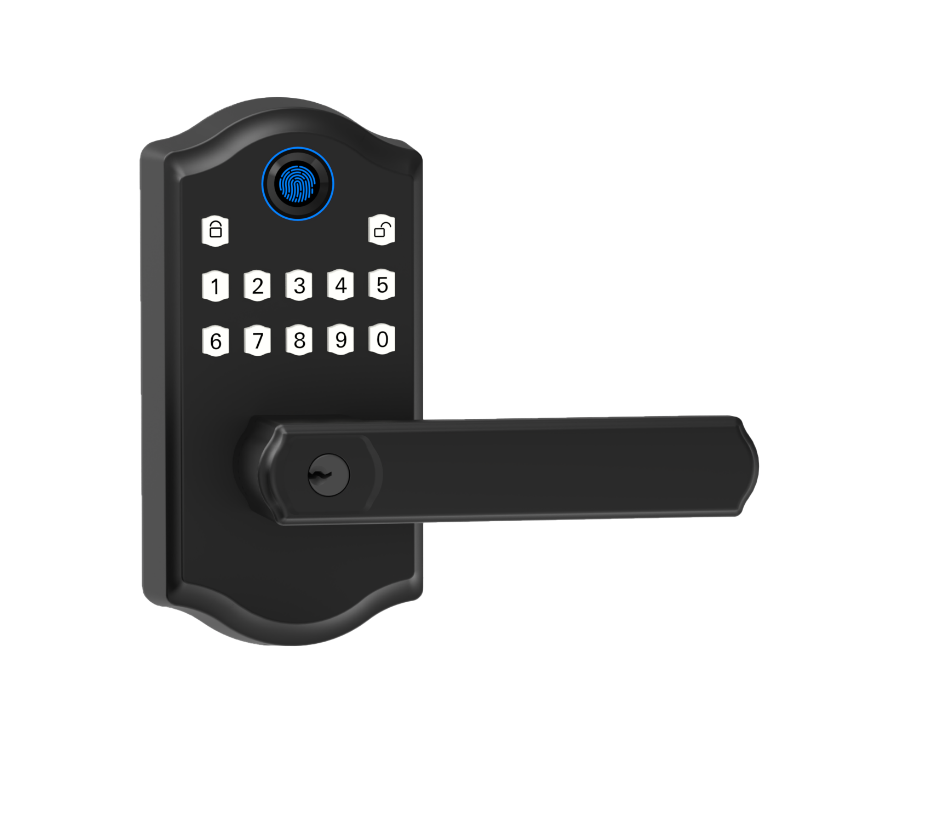
Your lock’s smooth metal faceplate greets you every day. It runs on four high-quality alkaline batteries (those regular AA cells). Swap them all at once when power dips, kind of like changing the batteries in your smoke detector. Keep spares at room temperature and never mix old and new. Peek at battery life once a month in the Yale Secure app (like glancing at your fuel gauge) so you’re never caught off guard.
Want a tip? Schedule your battery swaps around daylight saving time changes. That way it’s on your radar every six months. When the lock sends a low-battery alert in the app or you see that soft LED glow flash red on the keypad, plan for a swap under five minutes. Pop off the interior cover. Slide out the four AA cells. Snap in fresh ones. A pack of high-performance AAs runs about $8 to $12. Then lock and unlock from both keypad and app to make sure everything feels just right.
If your deadbolt or latch starts to feel gritty, a replacement kit from Yale (or a trusted aftermarket set) gets you back to smooth, secure entrance on the go. No fuss, no call outs.
Need a full wipe? Hold the little reset pin inside for ten seconds until the LED blinks. That’s your factory reset, back to square one, ready to pair again.
App won’t link or Wi-Fi seems stuck? Power down and restart your bridge. Bluetooth glitching? Unpair in your phone’s settings, then re-pair right at the door. Quick fixes like these get you back to that reassuring click in no time.
Pricing, Warranty and Reviews of Yale Smart Lock (Plus Starlight Alternative)
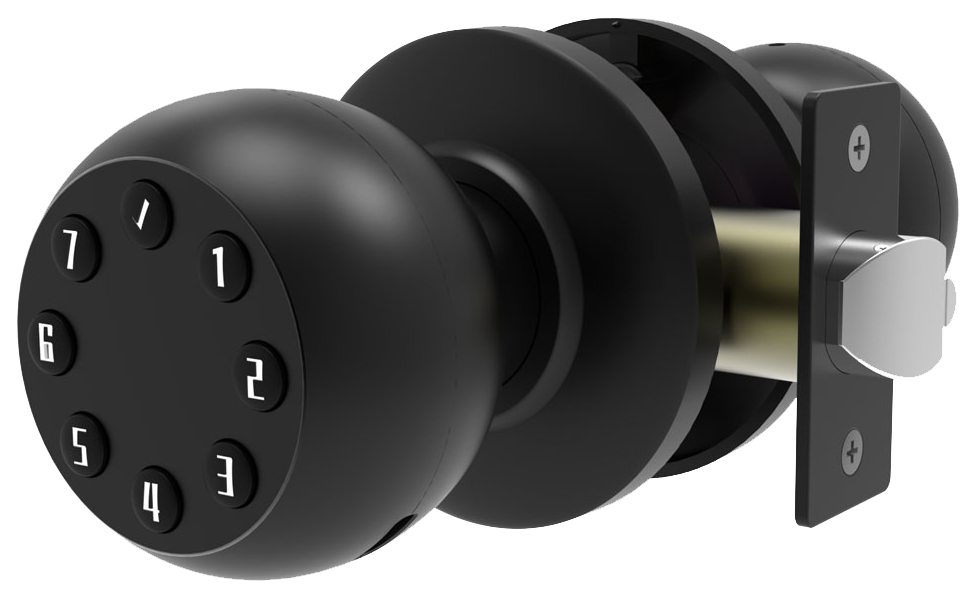
Yale smart locks cost about $150 to $300, so they hit a nice middle ground. Holidays and end-of-summer clearances can slice 10 to 15 percent off the sticker price. Think Black Friday doorbuster vibes, watch for those deals if you want to save.
Every Yale lock comes with a one-year warranty on electronics and finish. That covers motor failures, keypad glitches (touchscreen keypad hiccups), and protective coating wear. Batteries and accidental damage aren’t included. You can add an extended plan for a small fee. If you skip that, post-warranty repairs usually run about $30 to $60.
Customers often praise the easy setup and steady link to Alexa or Google Assistant. We’ve seen locks stay online for months without dropping the connection. But some folks mention mid-life battery drain and slow app loading. When you compare Yale vs August, Yale wins on hub compatibility while August’s app feels a bit slicker. In a Yale vs Schlage face-off, Schlage’s built-in fingerprint reader (a scan that checks your unique fingertip pattern) steals the show, but Yale leans on versatile code entry and broader automation support.
Looking for longer battery life and extra peace of mind? Check out Starlight Smart Locks by Starlight Hardware. They boast up to 24 months on one battery set, a three-year electronics warranty, and live phone support for as long as you own the lock. The smooth metal faceplate, a reassuring click, and a soft LED glow make every lock-and-go feel premium.
Final Words
In the action, we pitted top Yale models side by side, outlined easy DIY steps, and flagged when pro help pays off.
We explored built-in alarms, solid encryption, and the smooth Wi-Fi or Bluetooth link for seamless control.
Plus, we showed how to hook up to Alexa, HomeKit, and teased Matter on the way.
With simple battery swaps and quick resets covered, and a clear look at price and warranty, you’re set to pick the right choice.
Here’s to secure doors and peace of mind with your yale smart lock.
FAQ
Where can I find the Yale smart lock manual and how do I reset my lock?
The Yale smart lock manual is on Yale’s support website—just enter your model number. To reset, remove the cover and press the reset pin for 10 seconds until the LED flashes green (factory reset).
How do I set up the Yale Smart Lock App and Wi-Fi?
To set up the Yale Smart Lock App, download Yale Secure, create an account, tap Add Device and scan your lock’s QR code. Plug in the Yale Wi-Fi Bridge for remote control.
How long does the Yale smart lock battery last and how do I replace it?
Yale smart locks run on four AA batteries, lasting six to twelve months. To replace, open the battery cover, swap in fresh AA alkaline batteries and close the cover.
What is the Yale Assure Lock 2?
The Yale Assure Lock 2 is a touchscreen deadbolt with a backlit keypad and no physical keyway. It supports Z-Wave and Zigbee connectivity and stores up to 250 user codes.
Which Yale smart locks include a key option?
The Assure Lock Touchscreen and Real Living Deadbolt models include a traditional keyway alongside smart entry for backup in case batteries die.
Why isn’t my Yale lock working?
A nonworking Yale lock often has low batteries, a weak Bluetooth or Wi-Fi link or outdated firmware. Check battery level, reboot your bridge and update the Yale Secure app.
How do I change the code on a Yale smart lock?
To change your PIN, open the Yale Secure app, select your lock settings, choose Add/Remove User Code and enter a new PIN. You can also use the Programming Code on the keypad.
Which lock is better, Yale or Schlage?
Yale locks offer more hub compatibility with Z-Wave, Zigbee and optional Wi-Fi bridges. Schlage has built-in Wi-Fi for remote control without extra hubs.
How can I identify my Yale smart lock model?
To find your model, remove the interior cover and look for the model name printed by the battery pack or on a label under the cover. Match it to Yale’s online guide.

